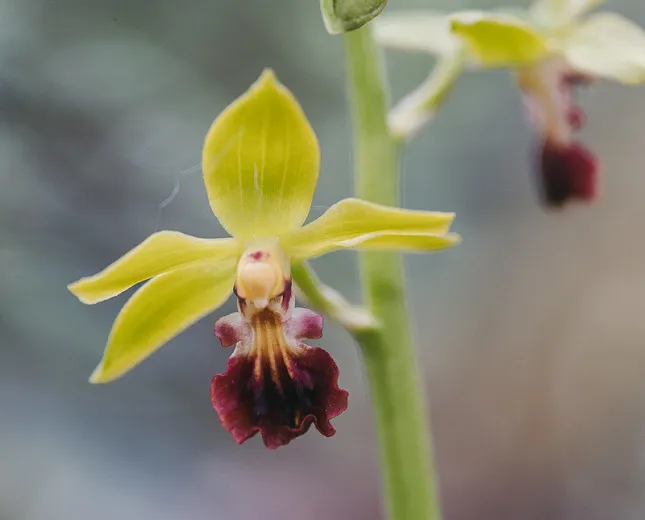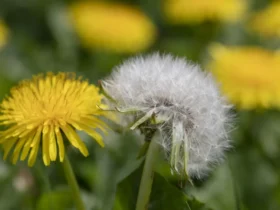Calanthe tricarinata, known as the Hardy Calanthe Orchid, emerges as an enchanting evergreen to semi-evergreen terrestrial orchid. Its distinctive elegance comes to life through racemes of nodding flowers, each adorned with exquisite yellow-green tepals and a reddish-brown lower lip. This floral symphony graces gardens from late winter to early spring, with the blooms rising on erect stems above a backdrop of elliptic to lance-shaped, ribbed, mid-green leaves. The foliage tends to retain its evergreen splendor in milder climates but may enter dormancy in colder regions. Originating from a pseudobulb, the Hardy Calanthe Orchid gradually forms a captivating clump over time, naturalizing and spreading modestly through bulb offsets. Its allure is equally captivating whether showcased in pots, containers, beds, or borders, rendering it an exceptional choice for shade garden settings and woodland landscapes.

- The dimensions of this orchid’s clumps span from 12 to 18 inches in height and width (30-45 cm).
- Cultivating the Hardy Calanthe Orchid is a rewarding experience, requiring a well-drained, humus-rich, and moist soil. The optimal growing environment is a sheltered site characterized by partial shade. When cultivated indoors, the plant thrives in terrestrial orchid compost positioned in bright, filtered light accompanied by high humidity.
- This orchid species showcases an impressive resilience, capable of withstanding minimum temperatures as low as 14°F (-10°C). However, in regions characterized by severe winters, it’s advisable to provide protection during extended freezing periods. Applying composted bark mulch over winter can contribute to safeguarding the plant.
- A cherished addition to various garden settings, the Hardy Calanthe Orchid finds its place in beds, borders, woodland gardens, and containers.
- Remarkably resistant to diseases, the orchid’s primary threat comes from slugs and snails. Vigilance in managing these pests is key.
- Propagation can be achieved through the division of pseudobulbs during the spring season.
- The origins of Calanthe tricarinata encompass a diverse range of regions, including Japan (including the Ryukyu Islands), Korea, China (Gansu, Guizhou, Hubei, Shaanxi, Sichuan, Taiwan, Tibet, Yunnan), Northeastern India, Bhutan, Assam, Nepal, Kashmir, Myanmar, and Thailand. This expansive native range adds to the intrigue and diversity of this captivating orchid.








